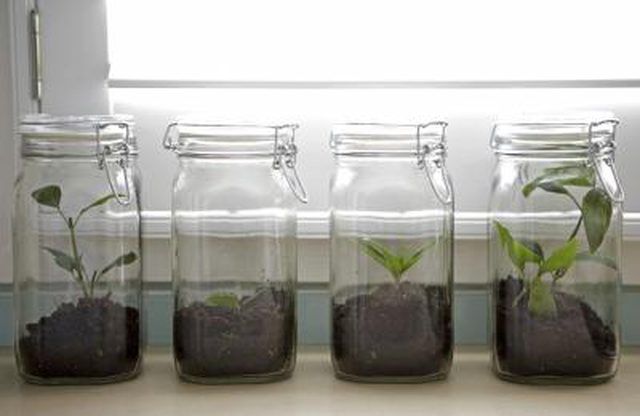Bulbs
Flower Basics
Flower Beds & Specialty Gardens
Flower Garden
Garden Furniture
Garden Gnomes
Garden Seeds
Garden Sheds
Garden Statues
Garden Tools & Supplies
Gardening Basics
Green & Organic
Groundcovers & Vines
Growing Annuals
Growing Basil
Growing Beans
Growing Berries
Growing Blueberries
Growing Cactus
Growing Corn
Growing Cotton
Growing Edibles
Growing Flowers
Growing Garlic
Growing Grapes
Growing Grass
Growing Herbs
Growing Jasmine
Growing Mint
Growing Mushrooms
Orchids
Growing Peanuts
Growing Perennials
Growing Plants
Growing Rosemary
Growing Roses
Growing Strawberries
Growing Sunflowers
Growing Thyme
Growing Tomatoes
Growing Tulips
Growing Vegetables
Herb Basics
Herb Garden
Indoor Growing
Landscaping Basics
Landscaping Patios
Landscaping Plants
Landscaping Shrubs
Landscaping Trees
Landscaping Walks & Pathways
Lawn Basics
Lawn Maintenance
Lawn Mowers
Lawn Ornaments
Lawn Planting
Lawn Tools
Outdoor Growing
Overall Landscape Planning
Pests, Weeds & Problems
Plant Basics
Rock Garden
Rose Garden
Shrubs
Soil
Specialty Gardens
Trees
Vegetable Garden
Yard Maintenance
Do Plants Grow Faster in Light or Dark?
Do Plants Grow Faster in Light or Dark?. The way light conditions can influence plant growth need not be overwhelming, as the concept is relatively straight forward. Understanding light influence is essential knowledge for the beginning gardener or botanist.

The way light conditions can influence plant growth need not be overwhelming, as the concept is relatively straight forward. Understanding light influence is essential knowledge for the beginning gardener or botanist.
Plant Growth in Darkness
Plants grow fast in the dark, and do so because they operate on circadian cycles. According to ScienceDaily.com, university research revealed that plants exhibit growth in predawn hours, and cease growth in daylight. In simplistic terms, it makes sense that plants would grow at night since daylight activity consists of absorbing light for photosynthesis.
Varieties of Darkness
Plants are embodied with phytochromes — detectors that tell the difference between nightfall, a cloudy day and being overshadowed by other plants — thus, all low-light conditions are not the same to a plant. In 2008, ScienceDaily.com revealed that tall spindly plants are a byproduct of "Shade Avoidance Syndrome," a scientific term for a plant's tendency to increase its production of the growth hormone auxin, allowing the plant to grow and stretch more rapidly toward sunlight to improve its conditions.
Shade Loving Plants
Too much sun is detrimental to certain plant species. Biology Online's "Lights' Effect on Growth," noted that the amount of time a plant needs to spend in the light is known as its "critical period." Shade loving plants would typically be those found in a forest or jungle where conditions are darker due to canopy plants allowing dappled or minuscule amounts of sunlight to reach the smaller plants, meaning they are not entirely deprived of light but have adapted to prosper in their low-light conditions.